
Continuing its quest to become a one-stop shop for computers and peripherals, today NZXT is out with a new line of audio equipment. The new NZXT Relay audio system currently consists of a headset, speakers, and a handy auto-switching headphone stand. We got our hands on all of them so be sure to hit the video below to see all of the details.
NZXT SwitchMix
First, let’s talk about the SwitchMix DAC-powered headphone stand. Included in the box is a simple and elegant headphone stand – just what you would anticipate from NZXT’s design language. Where the headset rests, though, is a button that will immediately switch between two devices. There is a port for speakers in the back and headphones in the front.
NZXT designed this to seamlessly switch audio between a pair of speakers and a 3.5 wired headset – and it works really well. I find myself often switching audio sources throughout the day depending on what I’m doing. I enjoy speakers most of the time when I’m writing and editing videos, but when gaming and making critical audio tweaks, a pair of headphones or a headset is crucial. Instead of trying to scroll between audio outputs in the Windows UI, this makes it as simple as picking up the headset from the stand and putting the cans on.
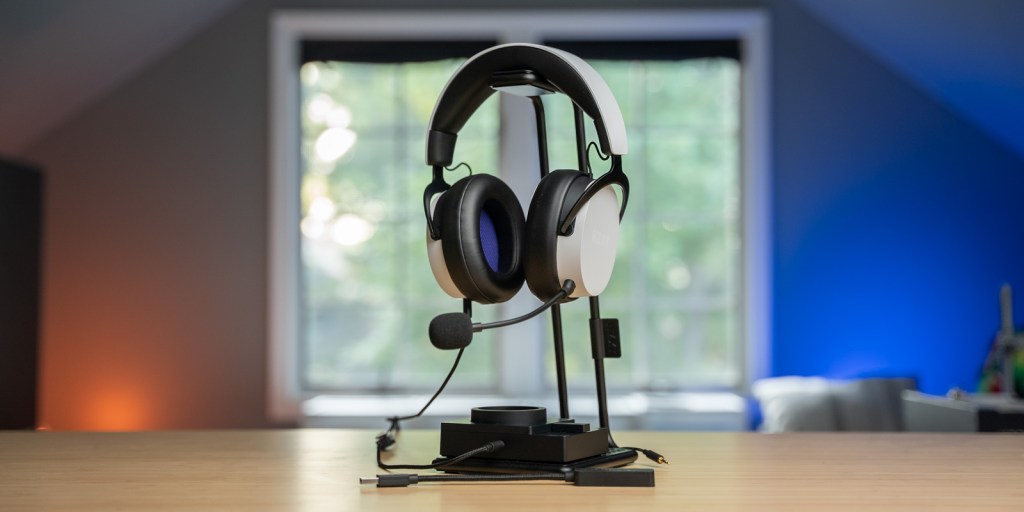
Additionally, the DAC offers some handy controls with a large volume dial that can be pressed to mute. On the right side is a slider that will adjust the balance between the game and chat channels.
The volume dial is the least premium-feeling part of the setup as it has some wiggle and feels light and plasticky. But the slider feels great, the rest of the DAC feels premium, and the headphone stand works just as it should without being too visually loud.
Since the DAC connects to a PC, audio EQ can be controlled via the NZXT CAM app. There are spatial audio options via DTS 7.1. In the app are stock EQ modes for different genres of games like FPS and MOBA. The only way to customize audio is with the custom audio mode.

We’ll talk more about the sound of the headset in its own section, but I found the custom mode essential for getting what I wanted out of the headset.
At $130, the SwitchMix is a slick and handy way to switch between audio sources. I found it worked really well with my Philips Fidelio headphones and speakers that I typically use at my desk so the NZXT headset and speakers aren’t a necessity.
NZXT Relay: Video
Relay headset
Moving on to the Relay headset, NZXT clearly stated that its goal was to make something focused on clear, neutral audio, and I think they excelled here.
Now, that’s not going to appeal to everyone. Some love a headset with a massive powerful low end. That’s not how I would describe the audio from the Relay headset. I ended up dialing in some more low end in my own custom EQ mode for gaming.
Design-wise, the Relay is incredibly simple. It’s a 3.5mm wired headset that has no physical controls on the body itself. There are in-line controls for volume and a microphone mute toggle. There is a removable microphone – I’m glad NZXT went with this design rather than having it always attached.

Comfort-wise, the Relay is simple and it works well. The earcups are deep and plush with a soft sustainable leather material and thick padding across the headband. My only critique here is that I would prefer a bit less clamping force. After a while, it can feel like it has too tight of a grip on my head.
The Relay headset also comes with a USB dongle so the SwitchMix DAC isn’t a necessity to make adjustments to the audio.
With both the USB adapter and the SwitchMix DAC, the NZXT CAM app opens up some EQ tweaking through pre-built modes and a custom EQ.
Additionally, there are surround sound effects, but like most headsets, I didn’t care for them. Actually, when I first tried the headset with the USB adapter, I didn’t realize that surround sound was turned on and I just could not find or even create an EQ profile that I really enjoyed. Finally, I realized that I had the traditional mode on and once turned off, the headset sounded much better in my opinion.
I ended up creating a slightly “smiley” EQ profile that boosted the lows and highs to get the sound where I like it for listening to music and gaming.
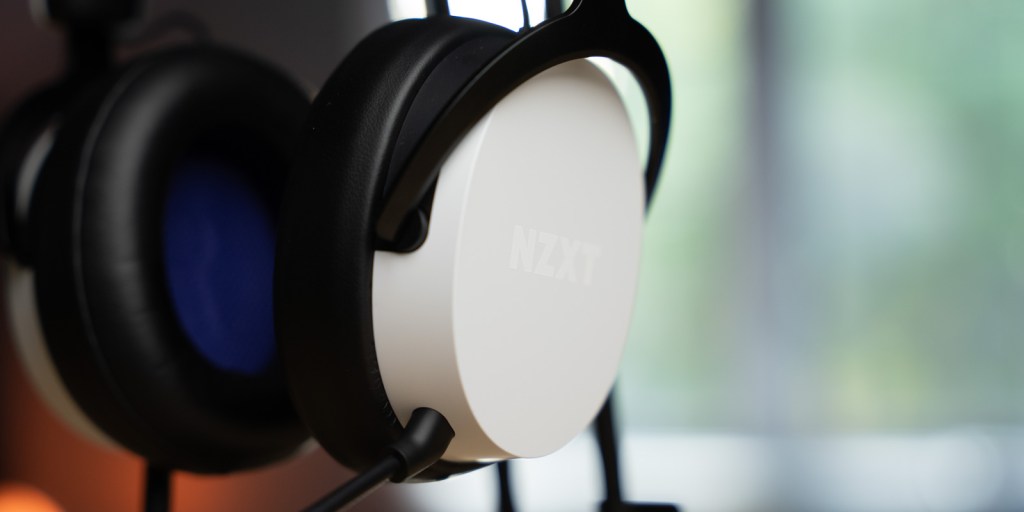
Beyond EQ, the neutral sound profile of the Relay makes for a good gaming headset in my opinion. Detail and imaging are pretty good for the $100 price point – I had no issues playing hectic matches in Battlefield 2042.
Overall the Relay headset is comfortable and sounds good, but at $100, I’m not sure it would be my top pick or recommendation. It’s great to have deep EQ control and it’s a comfortable headset, but there wasn’t anything that really blew me away. If you’re investing in the NZXT Relay ecosystem, I do think this is a great fit, but just as a headset itself, the Relay doesn’t stand out.
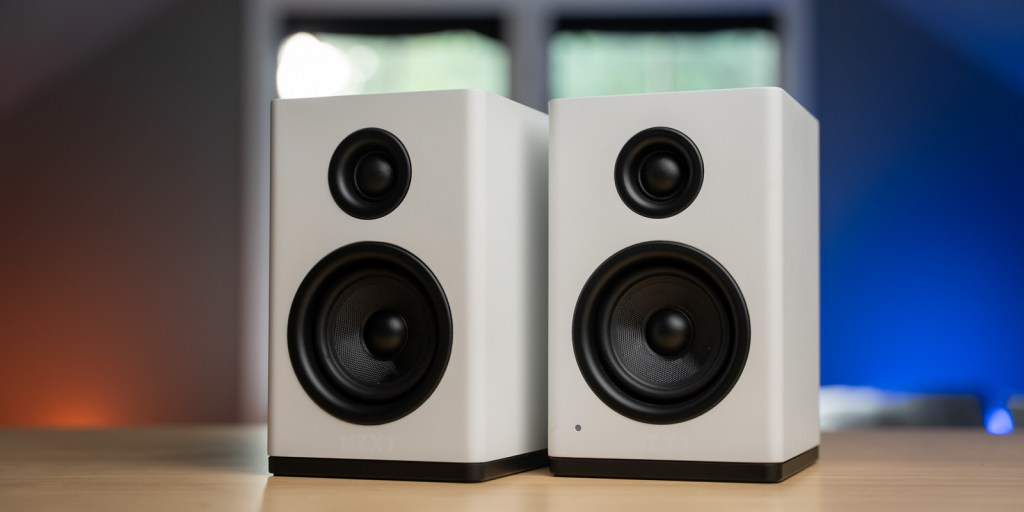
NZXT Relay speakers and sub
Lastly, we have the Relay Speakers and Subwoofer. Design-wise, with its white colorway, the speakers are very reminiscent of the A2 speakers we reviewed from Audioengine. They have a relatively compact footprint at 7.5 inches tall, 4.5 inches wide, and 5.5 inches deep. Up top is a 2-mm silk dome tweeter and below are 3-inch glass fiber woofers.
Despite the small footprint, the speakers can push 80 watts of power. They really get quite loud. If you need to pack some power into a small package that doesn’t take up much room on your desk, the Relay speakers can deliver here.

On the back of the left speakers are a power button, volume control, output to the right speaker, subwoofer output, 3.5mm TRS input, and RCA inputs. Included in the box is a 3.5mm TRS cable as well as RCA cables.
Like all of NZXT’s other products, the Relay speakers look and feel great. The construction feels solid on these.
The speakers themselves have a crisp punchy sound but lack any serious low-end. Those who like deep impactful bass with find these lacking but you can add the Relay subwoofer to fill out the sound.
The $250 price point is a hard pill for me to swallow, though. The speakers look great, get loud, and sound clear, but the A2+ Audioengine speakers can also play Bluetooth for $270, and the Ai41 speakers from Fluance have a more well-rounded sound for the same $250 price point (though they are significantly bigger than the Relay speakers).
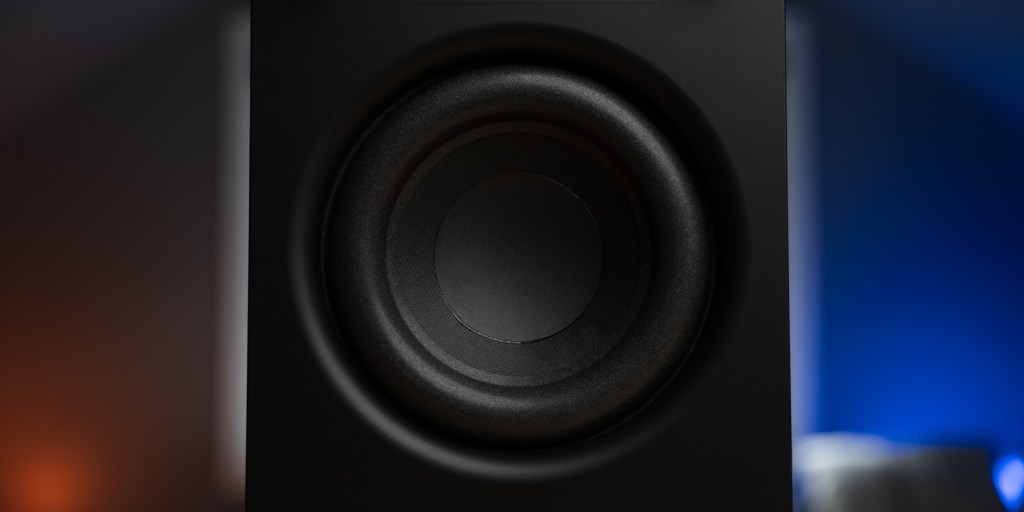
NZXT Relay subwoofer
The Relay Subwoofer does a lot to fill out the low-end that the speakers lack, but it’s another $150 to add this to your setup. A 6.5-inch down-firing driver with up to 140 watts hits low and sounds great for music. It’s a relatively compact design measuring 10 inches tall, 8.5 inches wide, and 12 inches deep.
In my listening, I never heard it distort and the subwoofer remained clear and punchy up to volume levels that I would never normally listen to music. It is a great addition to the Relay speakers, but $400 is a significant investment for desktop audio. It does help to keep desktop usage lower given the speakers’ compact design.
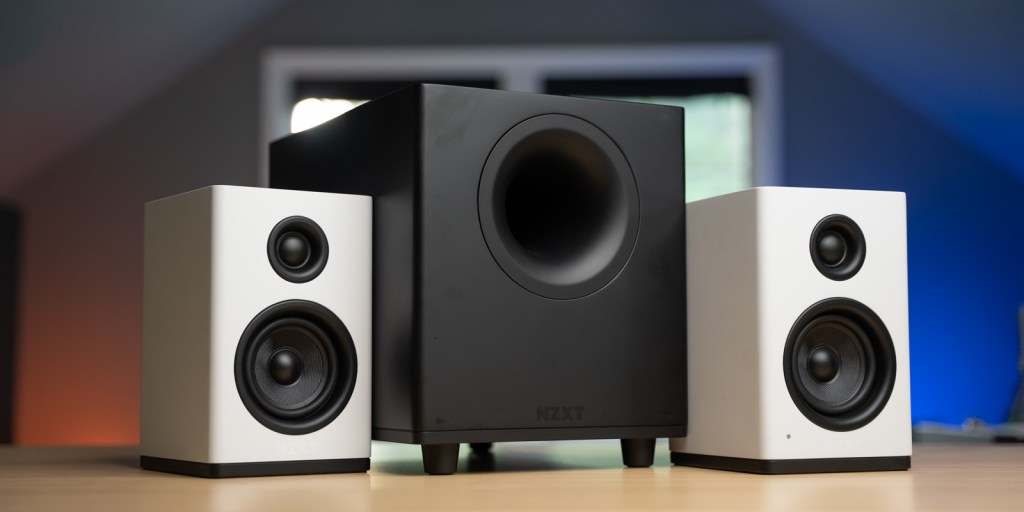
9to5Toys’ Take
It’s no surprise to see NZXT diving deeper into the audio space given the variety of peripherals it already offers. While I do feel that the SwitchMix is a unique product that adds some handy functionality to the desktop, the Relay speakers perform well, but are a harder sell for me given the cluttered audio landscape. It’s hard to really make an impact in this space.
Buy NZXT Relay products
FTC: We use income earning auto affiliate links. More.




Comments